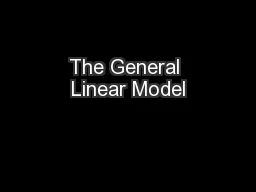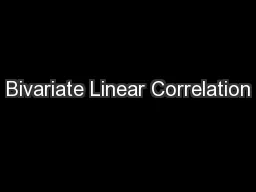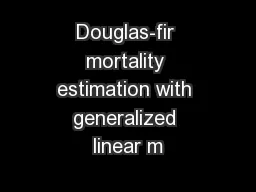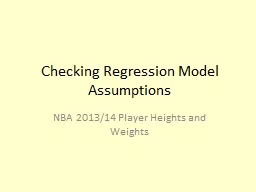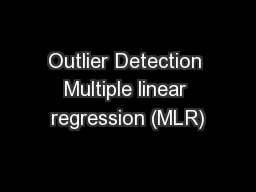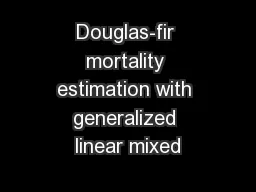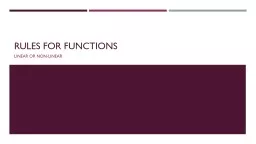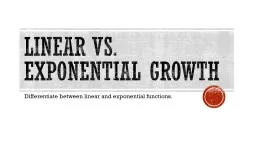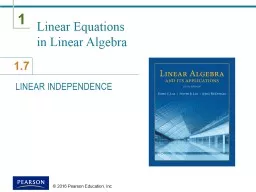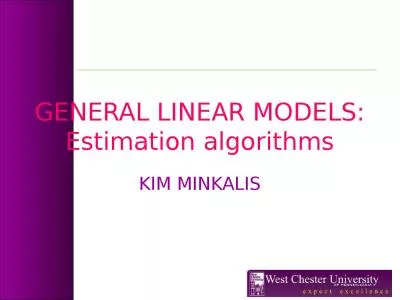PPT-General Linear Model
Author : pasty-toler | Published Date : 2016-07-01
Instructional Materials http coreecuedupsycwuenschkPPPPMultReghtm aka httptinyurlcommultreg4u Introducing the General Linear Models As noted by the General the
Presentation Embed Code
Download Presentation
Download Presentation The PPT/PDF document "General Linear Model" is the property of its rightful owner. Permission is granted to download and print the materials on this website for personal, non-commercial use only, and to display it on your personal computer provided you do not modify the materials and that you retain all copyright notices contained in the materials. By downloading content from our website, you accept the terms of this agreement.
General Linear Model: Transcript
Download Rules Of Document
"General Linear Model"The content belongs to its owner. You may download and print it for personal use, without modification, and keep all copyright notices. By downloading, you agree to these terms.
Related Documents


